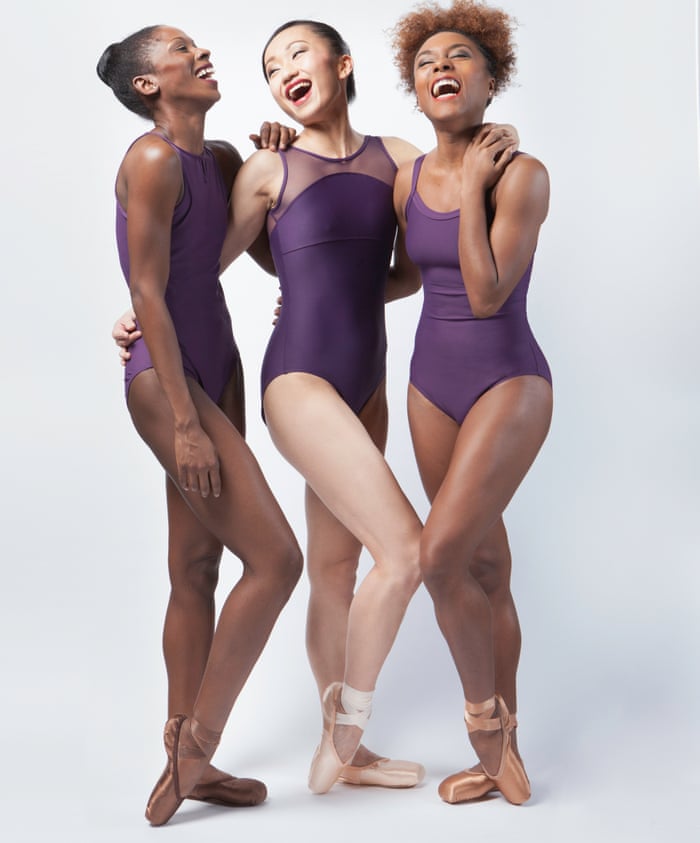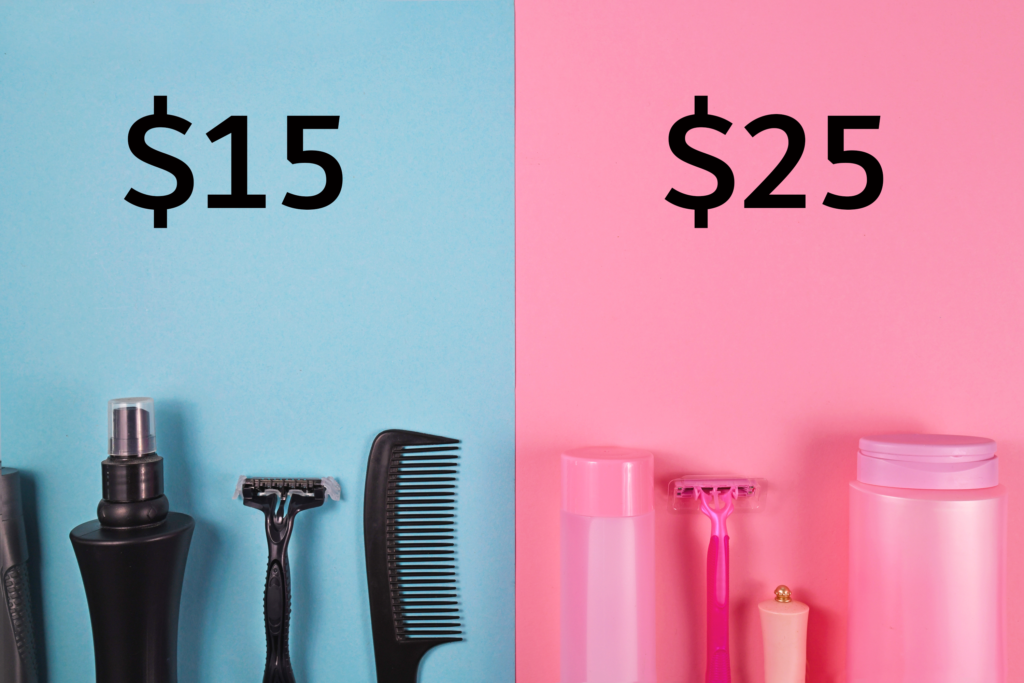By Natalie Konow
Schools in Allen County have been conducting many classes online since March 2020. This has been the safest way to allow schools to continue teaching students, but this does not mean it was the easiest for everyone.
During the pandemic, staying motivated to complete online assignments was considered a major issue for 42% of students in America.
Amelia Adams, a sophomore student at Northrop High School who has ADHD, is one of them. She says that she finds herself getting distracted frequently by thinking about previous or upcoming situations or by objects in her household.
“My hyperactivity disorder has made it difficult for me to focus online. The teachers don’t have the ability to keep me on track, which has caused my grades to decrease since March of 2020,” Adams says. “The school seems to have no effective additional assistance for those with learning disabilities.”
Adams says that Northrop High School is not requiring its teachers to hold Zooms for every class. Some are conducted by the students signing in on a Google form and finishing the work required for that day, which is provided via Powerschool.
The lack of direct communication and instructions has left students like Adams frustrated and disorganized. The process of holding classes online makes it difficult to accommodate lessons, tasks, or assignments for those with learning disabilities.
The Center for Disease Control and Prevention (CDC) says that those with ADHD learn best when assignments are clear and structured, when students are able to pick how learning comprehensions are assessed either through essays, oral reports, hands on projects, etc., and by minimizing distractions.
These CDC recommendations are challenging to administer over the Internet, which may be a cause of the 25% increase in students falling behind the baseline ability needed to continue in future learning or functioning in society.
Elementary schools are experiencing similar situations with their students with disabilities and issues of focusing on schoolwork throughout the day.
Courtney Bailey, principal of Cedar Canyon Elementary, says that parents have expressed concerns on how hard it is to keep them focused and on track. “By the time that they finish they should be done, but because they can’t focus during the day, they are spending more time at night doing additional work,” Bailey says.
Bailey says her school is tackling these issues by tailoring and structuring lessons so that a child will have certain expectations and requirements that they must complete in a certain amount of time.
Cedar Canyon teachers are helping students with disabilities by marking whether or not a student has a learning disability and are obligated to specify the particular disability they have, so that all instructors are aware and can make adjustments for that individual if needed.
The school is keeping track so that each student is meeting their required number of minutes for special education assistance. The school is also trying to continue academic success for students– not just during school hours, but even after the computers are off.
Despite focus being a major issue for many students, Bailey says that the academic success of the student does not solely rely on whether or not they can focus. It is highly dependent on their homelife and the supports they have at home.
Students tend to do better when they have a parent there guiding them through online courses and encouraging them to stay engaged, compared to students who have to do distant learning independently.
Although online learning has been a challenge for many with learning disabilities, some have had the chance to turn these challenges into opportunities.
Adams says that online learning has allowed her to think of creative ways to stay attentive to her classes that she will continue to use even once in-person classes start.





